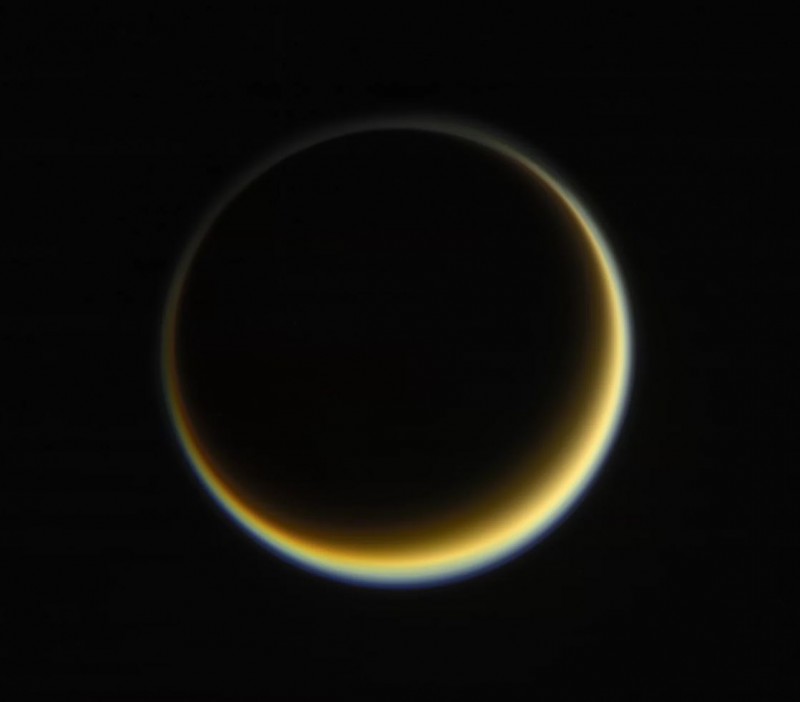Astronomers in Australia are eager for a special celestial alignment this week that could tell them more about one of the most intriguing candidates for hosting life beyond Earth.
That's because for a brief 4 minutes late Wednesday night (July 18) local time, Saturn's moon Titan will slip directly between Earth and a bright star. The rare alignment, formally called an occultation, will let astronomers study light streaming through the layers of Titan's hazy atmosphere.
"It will be like an eclipse of the sun with the moon passing in front, but on a very subtle scale," David Coward, an astronomer at the University of Western Australia, told The West Australian, a local newspaper. "This eclipse forms a track across the Earth, and as Titan passes in front of the star, the light illuminates its atmosphere and allows scientists to use the data to work out the composition. The stars have to line up, literally."
Scientists stuck on Earth have been observing occultations of Titan since 1989. They also used the Cassini spacecraft's voyage to Saturn to study occultations of the moon until the mission's end last September.
But because the composition of the moon's atmosphere is changing over time, astronomers always want more observations. Those changes could be caused by geological processes or, potentially, by some form of microbial life.
Scientists aren't just harnessing ground-based telescopes — they'll have company in the sky as well. That's thanks to the Stratospheric Observatory for Infrared Astronomy, or SOFIA, an observatory that carries a telescope on a modified jet plane and is run by NASA and the German space agency. Because SOFIA can fly, it can gather data from the center of the faint shadow cast by Titan in front of the star, thereby avoiding any cloud cover that might hamper ground-based observations.
The star involved in the occultation goes by the catchy name of Gaia DR2 4090460400982698240. The occultation will take place a little after 11 a.m. ET on Wednesday, or a little after 11 p.m. local time in Perth, Australia.
Right now, the weather forecast has scientists a little anxious about their odds of clear skies for their ground-based observations.
"There is a lot of human drama in this," Coward told the newspaper. "All this could end up in tears if it goes cloudy for those four minutes or if it rains."
